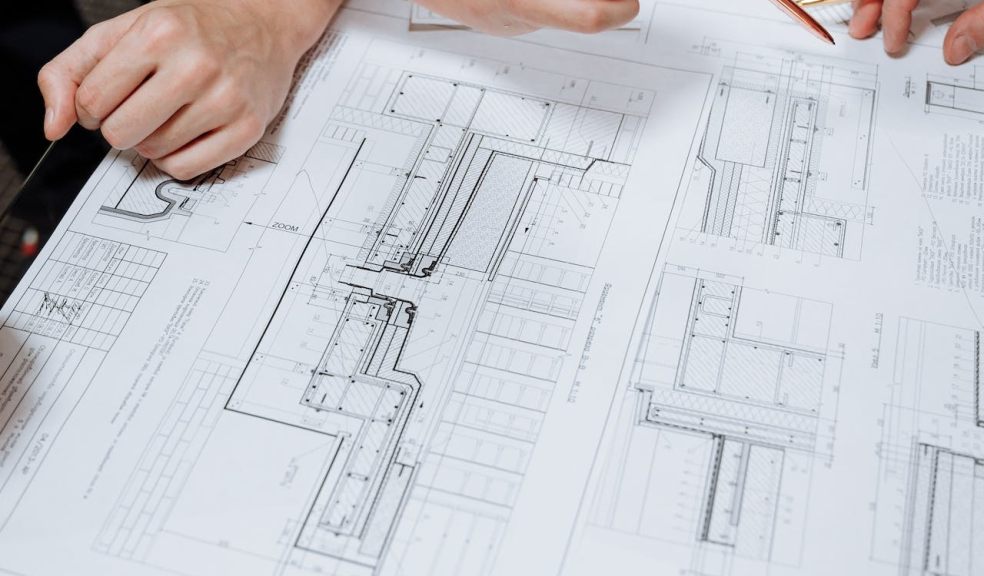
How Your Exeter Architectural Firm Can Improve On Engineering Design
Architectural firms in Exeter are renowned for blending creativity with functionality. As the demand for innovative structures rises, these firms face the challenge of enhancing their engineering design capabilities. This improvement is not just about adopting new technologies; it involves a holistic approach to design, considering sustainability, efficiency, and client satisfaction. The goal is to create designs that are not only aesthetically pleasing but also structurally sound and forward-thinking.
Emphasising Collaboration
The foundation of exceptional engineering design lies in effective team collaboration. In Exeter’s competitive architectural landscape, fostering a culture where architects, engineers, and designers work closely can lead to more innovative solutions. Encouraging open communication and cross-disciplinary learning within the team can unveil new perspectives and approaches, leading to designs that are both creative and practical.
Often, the key to improving engineering design is to look beyond the confines of the firm. Collaborating with external experts, such as structural engineers or environmental consultants, can bring in fresh insights and specialised knowledge. This approach not only enhances the design’s technical robustness but also ensures compliance with the latest building codes and environmental regulations.
Incorporating Advanced Technology
The use of advanced design software is crucial for architectural firms aiming to stay at the forefront of engineering design. Tools like Building Information Modelling (BIM) allow for more accurate and efficient design processes. By simulating different scenarios and analysing potential challenges in a virtual environment, firms can identify and address issues before they arise in the physical build.
Sustainability is no longer an afterthought in architectural design; it’s a necessity. Implementing sustainable technologies, from energy-efficient materials to green building practices, not only benefits the environment but also enhances the building’s value and appeal. Firms should continuously explore new sustainable technologies and integrate them into their designs to remain competitive and responsible.
Leveraging Financial Incentives
Innovative engineering design often requires substantial investment in research and development (R&D). Tax specialists like Buzzacott can help you determine if you can claim HMRC R&D tax credits, which provide financial support for your firm's innovation efforts. These incentives can reduce the financial burden of exploring new methodologies, allowing firms to pursue groundbreaking architectural solutions.
Engineering design excellence also depends on the skills and knowledge of the team. Investing in continuous professional development ensures that staff are up-to-date with the latest industry trends and technologies. This investment not only improves design quality but also motivates the team, fostering a culture of learning and innovation.
Client-Centric Approach
A key aspect of enhancing engineering design is understanding and meeting client needs. This involves not just listening to their requirements but also anticipating future needs and challenges. By adopting a client-centric approach, firms can deliver designs that are not only technically sound but also align perfectly with the client’s vision and expectations.
Effective communication with clients throughout the design process is essential. Regular updates, clear explanations of technical aspects, and responsiveness to feedback ensure that the client feels involved and satisfied with the progress. This approach not only improves the design outcome but also builds strong, lasting relationships with clients.
Summing Up
Improving engineering design is a multifaceted process for Exeter's architectural firms. It involves enhancing collaboration within the team and with external experts, leveraging advanced technology, understanding financial incentives, and adopting a client-centric approach. By focusing on these areas, firms can not only elevate their designs but also contribute to the architectural excellence that Exeter is known for. In a field where innovation and precision are paramount, these steps are essential for any firm looking to lead in architectural design.










